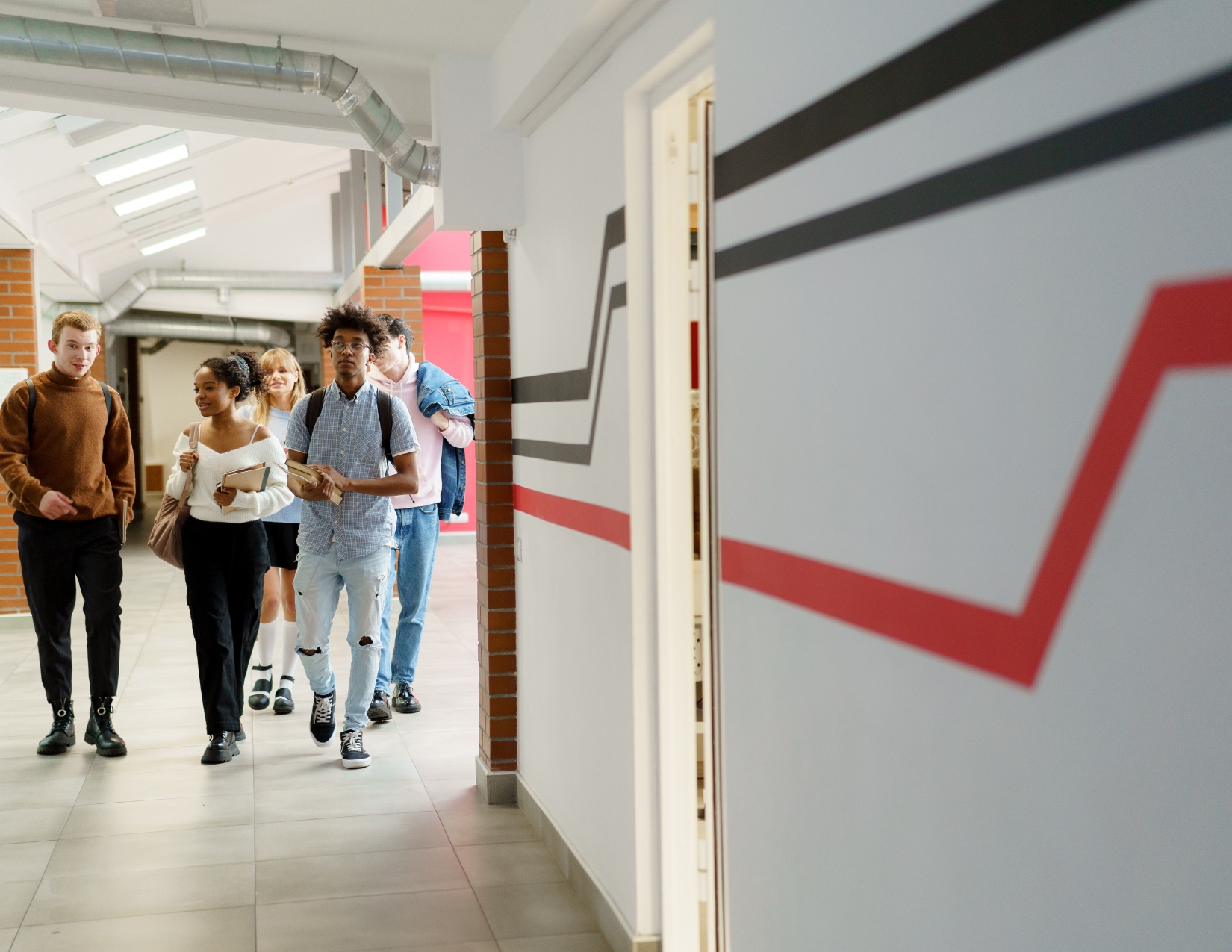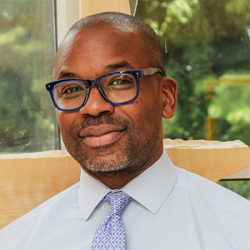
For the past 10 months as a Lead National Faculty member with PBLWorks, I’ve worked closely with University Prep Schools (UPrep) as a workshop facilitator, thought partner, and wholehearted supporter of their teachers and school leaders. Together, we design projects and develop action plans for implementing Project Based Learning (PBL) in their schools. As a District Partner, UPrep school leaders recently had the opportunity to take part in a Leadership Learning Walk, a full-day experience for the principals of four host schools. Hosts present a problem of practice they are experiencing, receiving real-time feedback. These focused dialogues benefit both the observed and the observer as they collaborate to align leadership practices with Gold Standard PBL to solve a specific problem. Learning Walks are an opportunity to learn from their colleagues’ accomplishments and how they have pivoted their practices to launch or deepend PBL in their schools. For UPrep school leaders, the Learning Walk was an opportunity to share the work they are engaged in to help build the Capacity, develop the Infrastructure, and create the Culture that allows Project Based Learning to thrive in their schools.
A School’s Journey: University Prep Academy High School
One of UPrep’s schools we visited was University Prep Academy High School (UPA HS) in Detroit. At their Learning Walk, the leadership team highlighted a clear vision for teachers to design and implement a project during the school year. School Director Derrick Kellam framed his Learning Walk by saying, “I could talk all day about what we’ve done to really put the structures for PBL in place and how things have changed here to pave way for it, but better to hear directly from those doing it and the students experiencing it.”
It really resonated when Kellam brought in teachers and students to give their perspective. Teachers shared they have the opportunity to lead professional development to increase their Capacity to implement PBL. They present how they are implementing PBL in their classes, sharing both successes and areas of growth, to improve their PBL Infrastructure. They said leadership has created a Culture where they trust they will receive ongoing support and feedback, placing teachers in positions to support and coach colleagues as they grow in their PBL practice. I was definitely impressed by the inclusive nature of UPA HS. Both teachers and students shared how leadership’s efforts have allowed PBL to thrive, and how learning through PBL sparked joy in the school.
Student Impact: The Composting Project
One of these students was a ninth-grader who presented a project answering the driving question, “Why is the quality of soil critical to the sustainability of (urban) agriculture in the city of Detroit?” She took the initiative to write a proposal to the school director sharing the value of composting and requesting funding to build a compost station. Now, UPA HS has an active compost station as of this fall semester!
Her class also studied blight, a destructive plant disease caused by bacteria or fungi, and its impact on Detroit communities. They saw connections between abandoned locations and unkept plant life, with some of the effects of blight leading to health issues, socioeconomic impacts, and possible increase in crime. The entire class was given an opportunity to document their findings through the use of a social media platforms.
She presented her proposal to us, answering questions from a panel of 12 adults. Excited to share their work, she also expressed appreciation for her teacher giving them autonomy. She was confident in the process she and her classmates used to answer this driving question. However, her experience encouraged connections beyond the driving question. She said, “Before this project I associated manual labor and agriculture with slavery, but because of this project, I have a different perspective.”
The Promise of PBL: Witnessing the Impact
My time with UPA HS allowed me to dig a little deeper and gain a greater understanding of the students’ work. I saw firsthand how Project Based Learning impacts students when given access to Gold Standard PBL experiences. All students excel, especially Black and Brown Students. When executed well it becomes advantageous in a variety of ways:
Contextualized Learning: PBL provides students with opportunities to engage in authentic, real-world experiences. This allows Black and Brown students to connect learning to their own lives, experiences, and culture, bridging the gap between cultural identities and curriculum and promoting a sense of belonging.
In this project students:
- Learned how blight is present in the city of Detroit and its impact on the community.
- Partnered with a local organization, Peace Tree Parks, to make an impact in Detroit—not in the future, but now.
- Watched their work come to life on their high school campus with a functioning composter built themselves.
- Answered the question, “When will I ever use this in my life?”
Beyond this project PBL enables:
Hands-on and Experiential Learning: PBL allows for active hands-on and minds-on learning experiences and collaborative work. This allows diverse learners to actively participate and contribute their unique perspectives and strengths. It promotes a spirit of ownership and agency.
- Culturally Responsive Teaching: Project Based Learning allows teachers to validate and honor the various cultures in their space. It allows students to share examples from their unique experiences and ensures that students’ identities and cultural assets are recognized and valued. This leads to increased engagement, self esteem, and academic achievement.
- Critical Thinking and Problem Solving: Black and Brown students benefit from PBL’s emphasis on inquiry, analysis, and reflection. Developing these critical thinking skills will equip them with the skills they need to navigate complex challenges in the world.
- Collaboration: PBL encourages collaboration, teamwork, and effective communication. When students feel they have opportunities to share and work with others, it fosters empathy, cultural understanding, and the ability to work effectively in diverse teams. These opportunities help prepare them for an increasingly diverse and global workforce.
- Closing the Opportunity Gap: PBL addresses the opportunity gap and the education debt by providing equitable access to engaging and rigorous learning experiences. PBL helps mitigate the effects of systemic inequalities by providing an inclusive and empowering learning environment.
As I travel across the country to support teachers and school administrators, I often wonder how/if they use what they have learned through our suite of workshops and services to improve their student learning experiences—and restore joy in their practice. I often hear stories of teachers embracing PBL in their classrooms and students taking more ownership of their learning as a direct result. I see literacy demonstrated throughout classrooms (because teachers understand it’s not enough to give them a Student Voice—we have to provide them with the language of discipline and the workforce). I witness teachers allowing all students to have productive struggles, but stepping in with scaffolding and support when the cognitive demand may be too much. Through creating class cultures where truly knowing students is the norm, students can be their whole selves, because they know their experiences matter.
Project Based Learning is a journey. There may be initial hesitation as you first start planning. Then you get excited about the possibilities of what this journey will bring. But what I love about witnessing Learning Walks is when you see the magic come together: Learning starts to excite students, they demonstrate shifts in their thinking, teachers experience joy as they see their students engaged, and administrators eagerly share these accomplishments. I hope all school cultures can experience these moments of joy and transformation, and that I can continue taking part in PBL’s inspiring Learning Walks.

